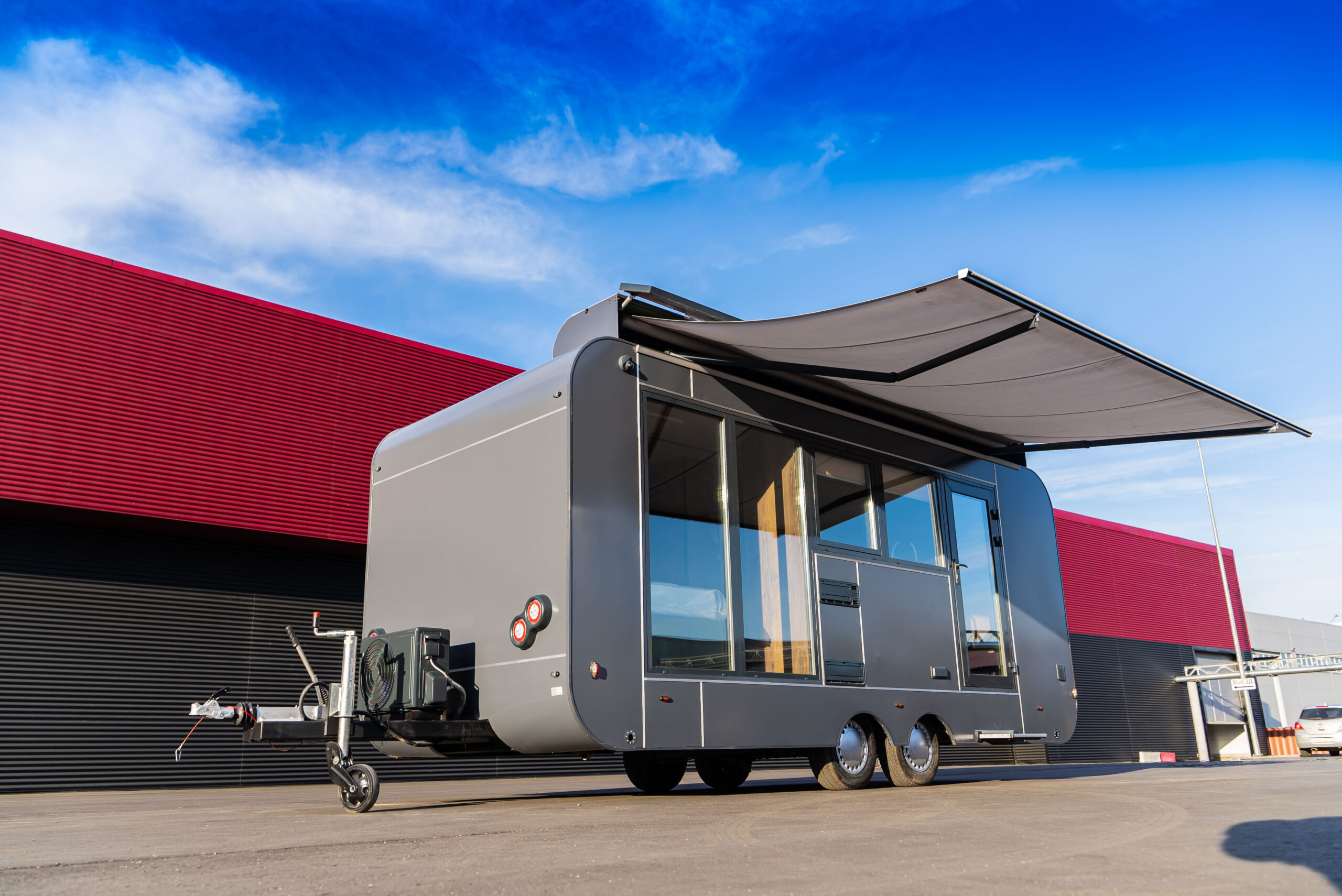Understanding Reliability in Transportation
Reliability in transportation is a critical component that ensures the safety and dependability of transit options. As the need for efficient transportation continues to rise, understanding the elements that contribute to reliability becomes essential. The definition of reliability in this context encompasses the ability of a transport system to perform consistently well over time while maintaining safety standards and user satisfaction.
A key factor in achieving reliability is regular maintenance. Well-maintained vehicles and infrastructure help prevent unexpected breakdowns and delays, which can severely disrupt travel plans. Scheduled inspections, routine servicing, and timely repairs are essential practices that contribute to the overall reliability of transport systems. By employing a proactive maintenance strategy, operators can enhance performance and minimize the risk of accidents, fostering user trust and comfort.
The usage of quality materials also plays a significant role in ensuring reliable transportation. Components that meet or exceed industry standards can withstand the wear and tear of everyday use more effectively. For instance, vehicles constructed with durable materials demonstrate more resilience, thereby reducing the likelihood of failures. Choosing reliable suppliers and manufacturers can elevate the quality of a transportation system substantially.
Time management is another fundamental aspect of reliability. Scheduling and adherence to timelines are crucial in meeting user expectations. A reliable transit option respects its commitments, ensuring timely arrivals and departures. When transportation systems consistently operate according to their schedules, user trust is cultivated, which in turn encourages ongoing usage.
Examining case studies of reliable transportation systems reveals the tangible impacts of these reliability factors. Cities that prioritize robust maintenance schedules, invest in high-quality materials, and adeptly manage their time enhance user trust, reinforcing the importance of reliability in achieving ideal transport solutions.
The Importance of Comfort in Transport
Comfort is a fundamental aspect of transportation that significantly influences the overall experience of passengers. A well-designed transport solution combines various elements to enhance the comfort levels experienced during a journey. One of the primary contributors to comfort in transportation is ergonomic design. Vehicles that prioritize user-friendly features, including adjustable seating and ample legroom, cater to the diverse needs of passengers and minimize discomfort during travel.
Seating capacity also plays a crucial role in ensuring a comfortable ride. For example, personal vehicles designed for fewer passengers often provide more spacious and luxurious interiors, allowing occupants to move freely and enjoy their journey. Conversely, overcrowded public buses can lead to cramped conditions that detract from the travel experience. Thus, balancing seating capacity while ensuring ample space is essential to promote comfort across various transport modes.
Climate control is another component associated with comfort in transport. Effective heating and cooling systems can create a pleasant environment that responds to changing weather conditions. For instance, modern trains are typically equipped with advanced climate control systems that maintain a comfortable cabin temperature, significantly enhancing passenger satisfaction. On the other hand, transportation modes lacking adequate climate control may lead to discomfort, especially on longer journeys.
The quality of the ride itself is crucial for passenger comfort. Smooth journeys free from excessive bumps and vibrations contribute to a positive experience, while rough rides can lead to fatigue and dissatisfaction. This is particularly important in public transportation, such as trains and buses, where ride quality can determine overall user preference. Ensuring smooth handling and minimal noise reduces stress and enhances the likelihood of passengers opting for these transport alternatives. Overall, the emphasis on comfort in various transport options fosters greater satisfaction and loyalty among travelers.
Maximizing Mobility: The Key to Modern Transport Solutions
In the context of transportation, mobility refers to the ease and efficiency with which individuals can move from one place to another. It is a vital component of modern society, as it enables access to essential resources such as jobs, education, and services. Enhancing mobility thus improves quality of life, fosters economic development, and supports social inclusion. As urban populations continue to grow, addressing mobility challenges becomes increasingly important.
The importance of mobility can be observed in various aspects of daily life. For instance, access to reliable transportation options directly influences employment opportunities, allowing individuals to seek work beyond their immediate neighborhoods. Similarly, efficient mobility aids in allowing students to attend educational institutions, regardless of distance. Furthermore, access to health care services is heavily dependent on transportation; improved mobility ensures that individuals can receive necessary medical attention promptly.
To enhance mobility, transportation systems must adapt to contemporary needs through innovative technologies and solutions. Smart routing systems, for example, utilize real-time data to optimize travel paths, reducing congestion and minimizing travel time. Additionally, the integration of multi-modal transport options allows users to combine different modes of transport—such as buses, trains, and bicycles—seamlessly, offering flexibility and convenience.
Moreover, the incorporation of mobility solutions into urban planning is essential for creating efficient and sustainable communities. Planners and policymakers must consider the interconnectivity of transport networks and the growing importance of shared mobility services, such as ride-sharing and bike-sharing programs. By fostering collaboration between public and private sectors, cities can develop comprehensive transport frameworks that facilitate enhanced mobility for all residents.
Bringing It All Together: The Future of Transport Solutions
The transportation industry is on the brink of a revolutionary change, driven by the growing demand for solutions that offer reliability, comfort, and mobility. As urban populations expand and environmental concerns intensify, emerging trends such as electric vehicles (EVs), automation, and shared mobility solutions are shaping the future landscape of transport. The convergence of these trends is crucial to addressing the challenges of modern transportation systems and meeting the needs of a diverse population.
Electric vehicles are becoming increasingly prevalent, not just due to their lower emissions but also their potential to enhance reliability. Advancements in battery technology are leading to longer ranges and faster charging solutions, which bring us closer to a sustainable mode of transport. This shift is complemented by automation technologies that are reshaping how we perceive mobility. Autonomous vehicles promise an unprecedented level of safety and efficiency, allowing users to travel with ease while minimizing delays and accidents.
Moreover, shared mobility solutions, such as ride-hailing and car-sharing services, are rethinking the concept of vehicle ownership. By providing flexible and accessible transportation alternatives, these services can help reduce traffic congestion and lower transportation costs. Public transport innovations, bolstered by smart technologies, are also playing a key role in enhancing the user experience, making it more comfortable and convenient. For example, real-time tracking apps and seamless payment systems are bridging the gap between different modes of transport.
Despite these promising advancements, several challenges remain. Achieving an integrated transport system that embodies reliability, comfort, and mobility requires collaboration among stakeholders, investment in infrastructure, and addressing concerns around data privacy and cybersecurity. Only by overcoming these barriers can the industry unlock the full potential of a future transport ecosystem that benefits all users.


No responses yet